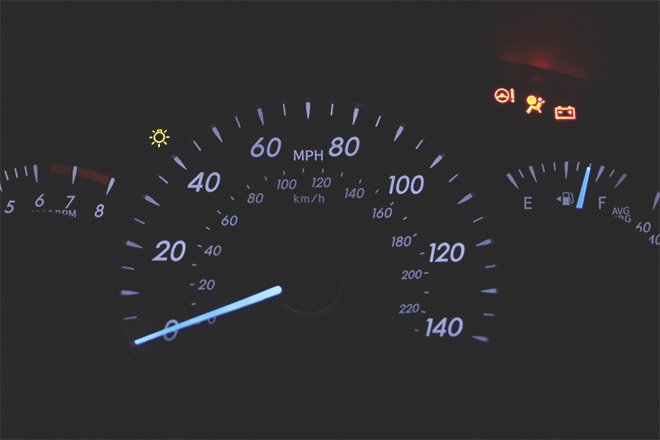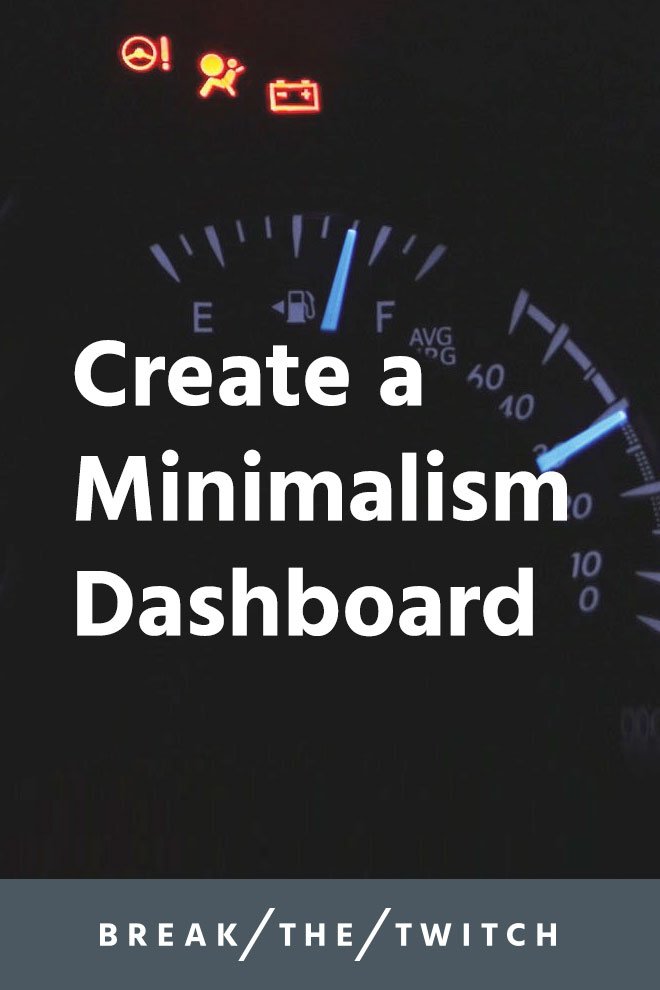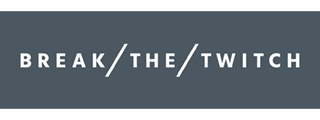
The dashboard lights in a car indicate when something might be going wrong and gives us an opportunity to prevent a more severe breakdown.
In my middle and high school days, long before learning about the benefits of minimalism, I used to do this thing that my mother lovingly(?) referred to as a “quick clean”.
Overwhelmed with the mess in my room, the laundry on the floor (some clean, some dirty), the papers and clutter all over my desk, I’d take immediate and swift action…
…by quickly picking up all of the clothing on the floor and “magically” making it go away by shoving it into my closet.
All of the papers, pencils, and whatever-the-heck-else on my desk went into a drawer, a cardboard box, or plastic grocery bag possibly never to be seen again.
These quick cleans were the result of complete overwhelm. I reached a point of not being able to handle the external clutter around me while I tried to manage the internal clutter to focus on whatever homework or project I was trying to complete.
That situation always seemed like it came out of nowhere—I was blindsided by this incomprehensible mess that took over my room, my workspaces, and seemingly, my life.
Firstly, if you have children and this story is all too familiar, I offer you hope: they’re going to be okay. Secondly, I realized that this is one of the many benefits of embracing a more minimalist lifestyle. When we remove as much clutter as possible, they’re less likely to become cluttered again in the first place, and it’s much more noticeable when they do.
Through the last several years of slowly decluttering, I’ve recognized there are key areas that act like a personal dashboard.
These are the foundational practices and activities that when left unattended, crumble and cease to support the stress that may come with other areas of life. If I ignore them for too long, I’m headed for a breakdown.
My personal dashboard consists of just a few things
- Desk and work surfaces
- Closet and laundry
- Playing piano/music
- Screen time
- Sleep duration/quality
What’s wonderfully effective about this dashboard is when I’m feeling sluggish, uncreative, or find myself procrastinating on something, I can quickly check in on these areas of my life and usually identify the issue. Then, I can take a break, go work on turning off that dashboard light and come back to my current task—usually with much better results.
For example:
Screen time. If I start spending more time than usual on my phone, I’m likely avoiding something or procrastinating on something important. Once it goes beyond a certain point, I know I have to put it in a different room and refocus on my priorities.
Laundry. If my laundry basket starts to overflow or my closet gets messy, I know that I need to spend some time washing, organizing, and putting things away.
Desk. When my workspace starts to gather things (somehow like a magnet, it slowly attracts various cables and notebooks), I know I won’t be able to focus as well so I take a moment to clear it off and put everything away in a good place.
Sleep. I use a Fitbit to track the quality of my sleep each night and see how much tossing and turning I do. It’s not completely necessary, but after a year of having it, I find the data to be helpful. Also, the data doesn’t lie—it’s easy to overestimate how much sleep we think we’re getting.
Your personal dashboard is certainly going to look different from mine or anybody else’s, but that’s what makes it super effective. Creating this list gives you something to refer to when things aren’t going quite as you’d like them to.
Your list might have things like:
- How much music have I listened to recently?
- Have I gone out for a walk this week?
- How many friends have I called/chatted with recently?
Your personal dashboard doesn’t have to be chores (like many of mine are). They’re just the things that help you take care of you, which helps you stay balanced and productive in the rest of your life.
I would encourage you to explore what your own personal dashboard might look like and jot down a list to discover what foundational things will help you check-in before the major overwhelm takes over.
Finally, as you implement this exercise into your life—perhaps start with just one or two things and check in on those things on a set day each week. Beginning this practice has had a lasting impact on my life and continues to serve in ways that allow me to show up better each day.
I’m confident that the practice can have similar results for you as well. Leave a comment here on the blog or on YouTube if you know one or two areas that could act as your personal dashboard!

